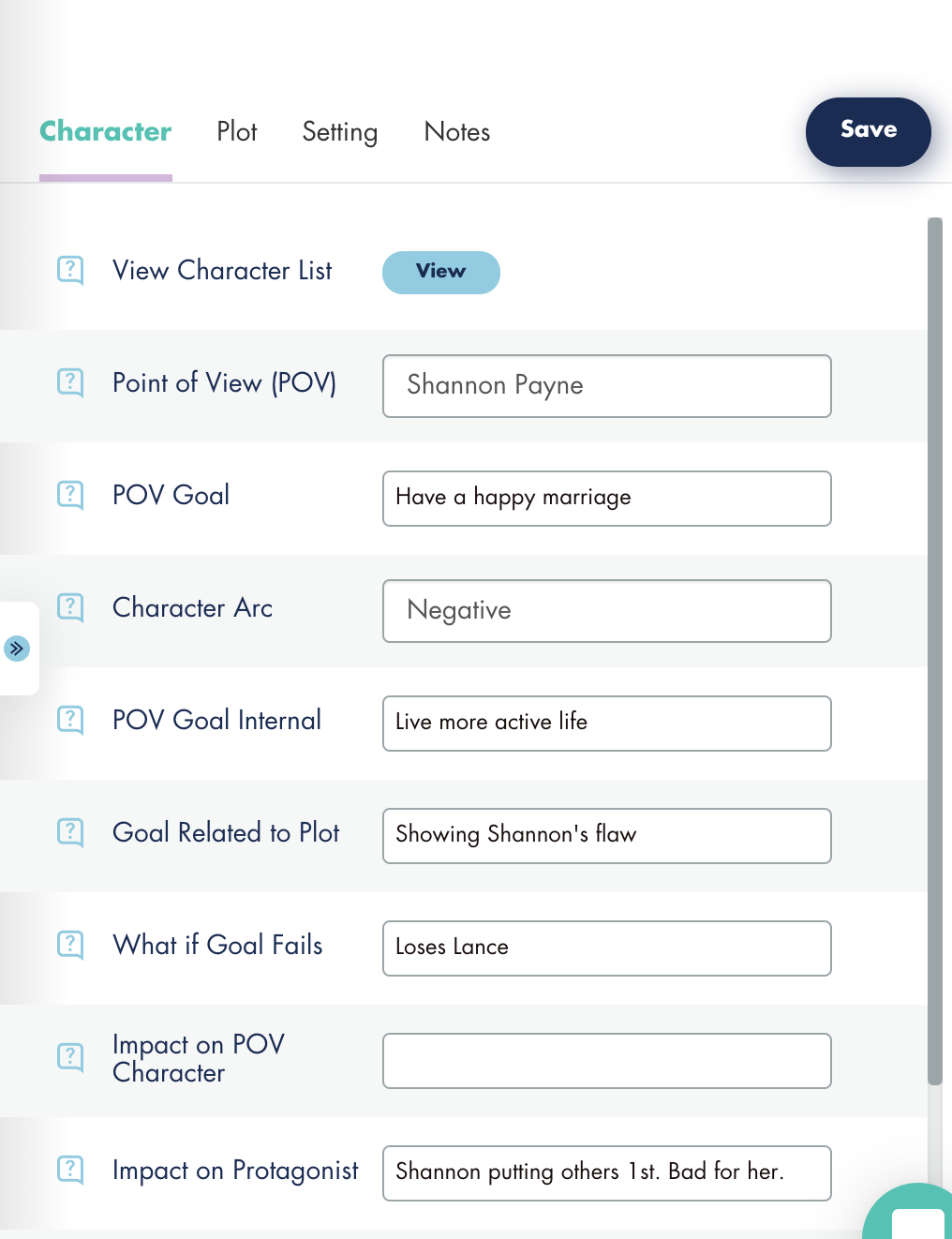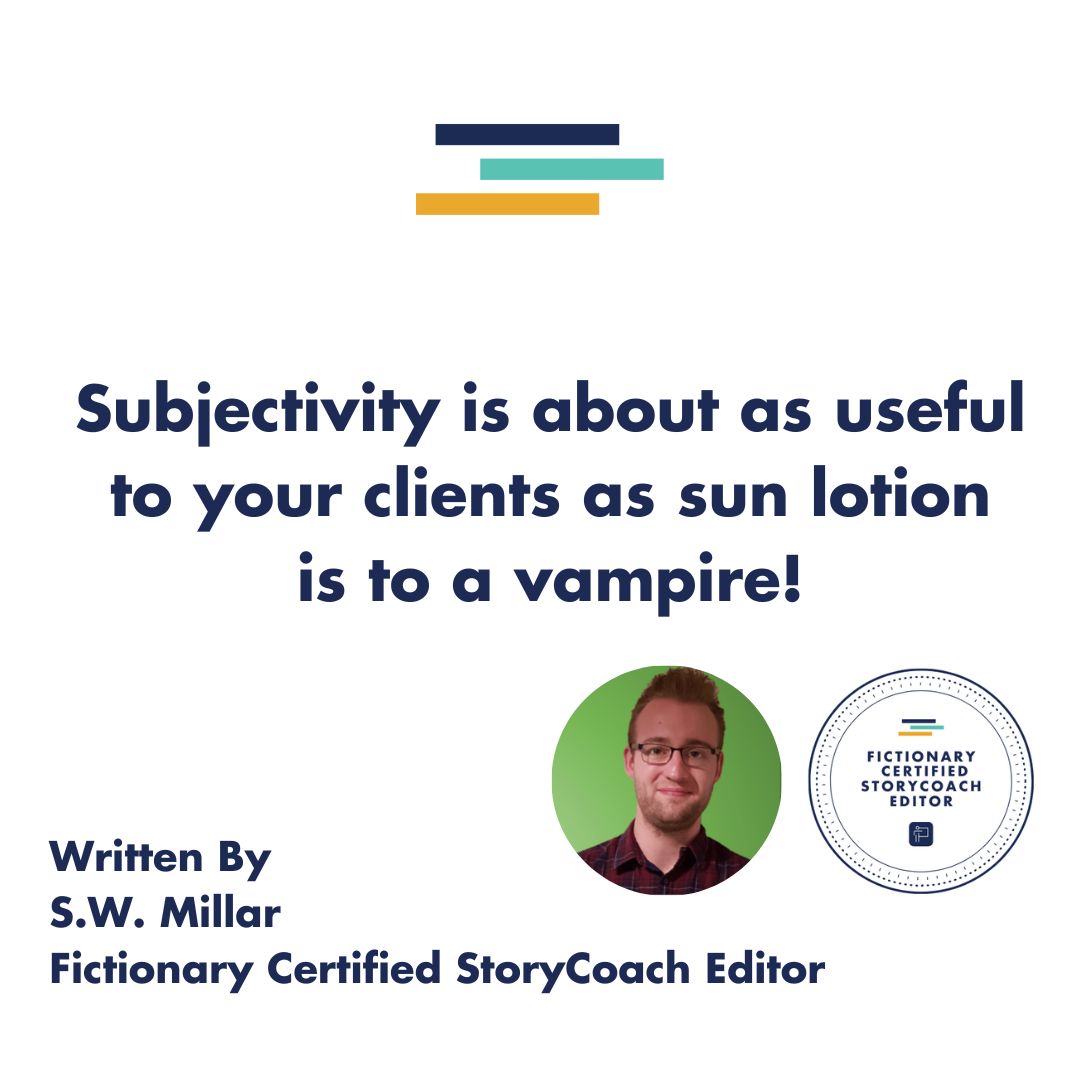
Have you ever had that heart-stopping moment where you’re editing a client’s manuscript, you want to suggest an improvement, but don’t know how to phrase it?
You might be tempted to offer an opinion based on your personal preferences. Please don’t do this. Subjectivity is about as useful to your clients as sun lotion is to a vampire.
Telling your client, “I don’t like this because…” does nothing to help them incorporate the elements of a story into their manuscript.
Why?
The Problem with Subjectivity
There are a few downfalls to including subjective opinions in a client’s summary letter:
- Opinions are vague: You might tell a client you don’t like something, and leave it at that, but unless you can explain why it doesn’t work—to be frank—the feedback is useless.
- Opinions are emotionally charged: When you start using emotional terms to provide constructive feedback, it feels personal, and not in a good way. Phrases such as, “I don’t like this character”, “I’m not a fan of this plot,” or—literary gods forbid—“I hated this setting because…” are really damaging, especially for newer writers. The last thing you want to do is scare someone away from their dream of writing a book.
- Your opinion might not match others: Just because you don’t like something, it doesn’t mean others won’t. We all have genres we prefer, and those we wouldn’t touch. Take my favourite genre, urban fantasy. I love the snark, banter, and thriller-esque pacing. I know people who find the snark irritating and some of the darker themes too much.
So, if subjective opinions don’t help clients bake the elements of a great story into their novels, how can editors ensure they’re carrying out an objective edit, and providing fantastic feedback writers can actually use?
Introducing the 38 Fictionary Story Elements
If you’ve spoken to a Fictionary Certified StoryCoach before, you’ll know that we like to wax lyrical about the 38 Fictionary Story Elements. We use this phrase as a catch-all term for the essential components of a gripping story.
Want to know the best part?
These elements work for every genre. Whether you edit romance, thrillers, or YA dystopian novels, the 38 Fictionary Story Elements will help you give clients everything they need to make their novels great!
In other words, they’re objective.
Hang on, Shane!
38 Story Elements… that’s a lot.
I hear you, and that’s why we sort the elements of a story into three simple categories that form the bedrock of any binge-worthy book. The most important thing to remember is that all the elements of a story are interrelated, and the only way to help your client tell a satisfying tale is to work with them to weave in as many as possible.
You can use the Fictionary StoryCoach software, coupled with the pre-written Advice to Give to Clients, and your own suggestions (a suggestion is not an opinion, because you’re providing advice based on the ideal structure of the Story Elements, as outlined by Fictionary) on how the client can improve any areas that are lacking. You’re on your way to being an objective editor.
So, what are the categories?
Character Story Elements
The first step to becoming an objective editor is using the Character Story Elements, which include things like:
- Point of View
- Point of View Character Internal Goal
- POV Goal Related to Plot
- And more…
Plot Story Elements
The second step to becoming an objective editor is using the Plot Story Elements, which include things like:
- The Story Arc
- Scene Entry and Exit Hooks
- Conflict and Tension
- And more…
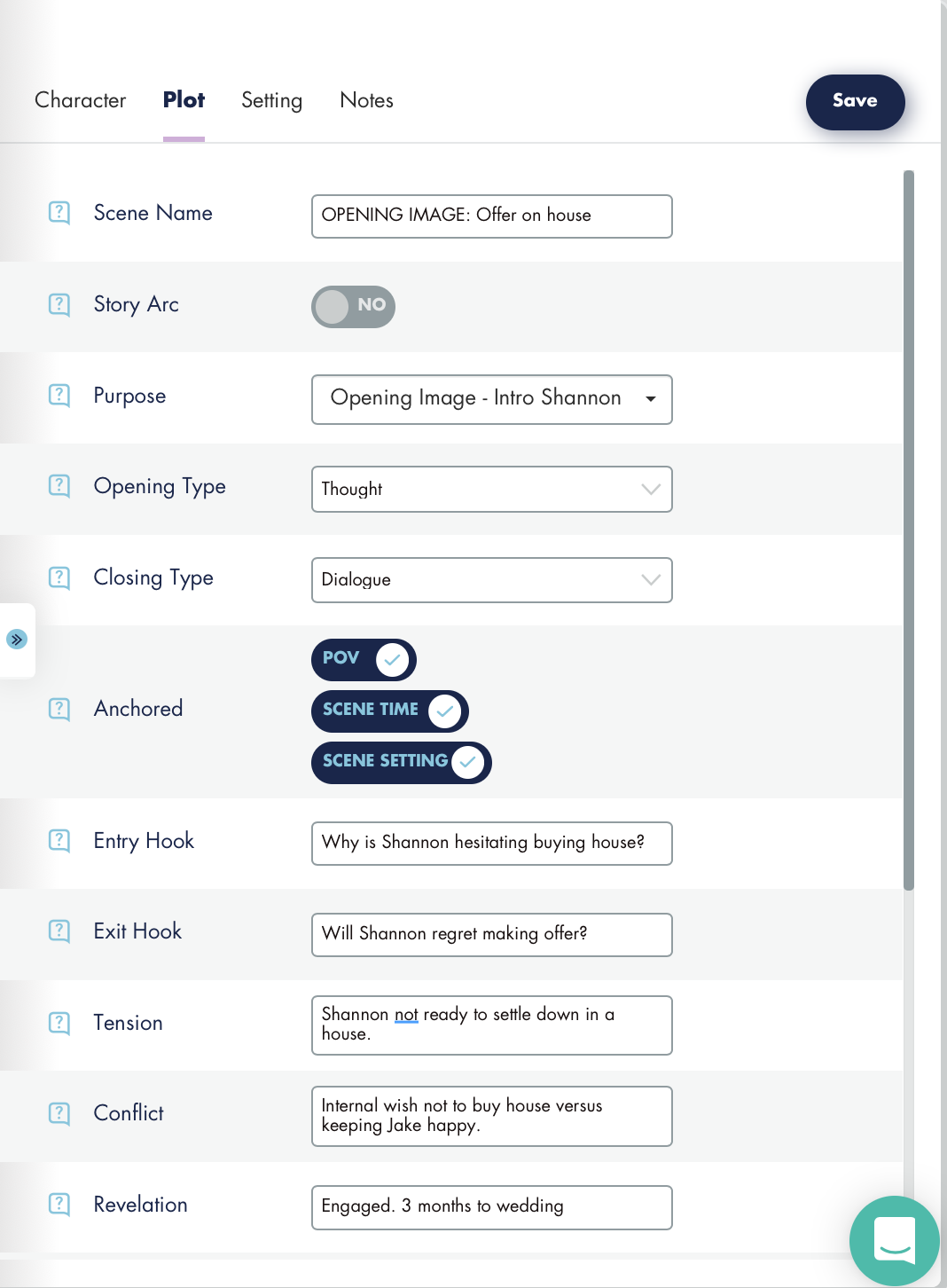
Setting Story Elements
The third step to becoming an objective editor is using the Setting Story Elements, which include things like:
- Location
- The Five Senses (sight, smell, sound, taste, touch)
- Weather
- And more…
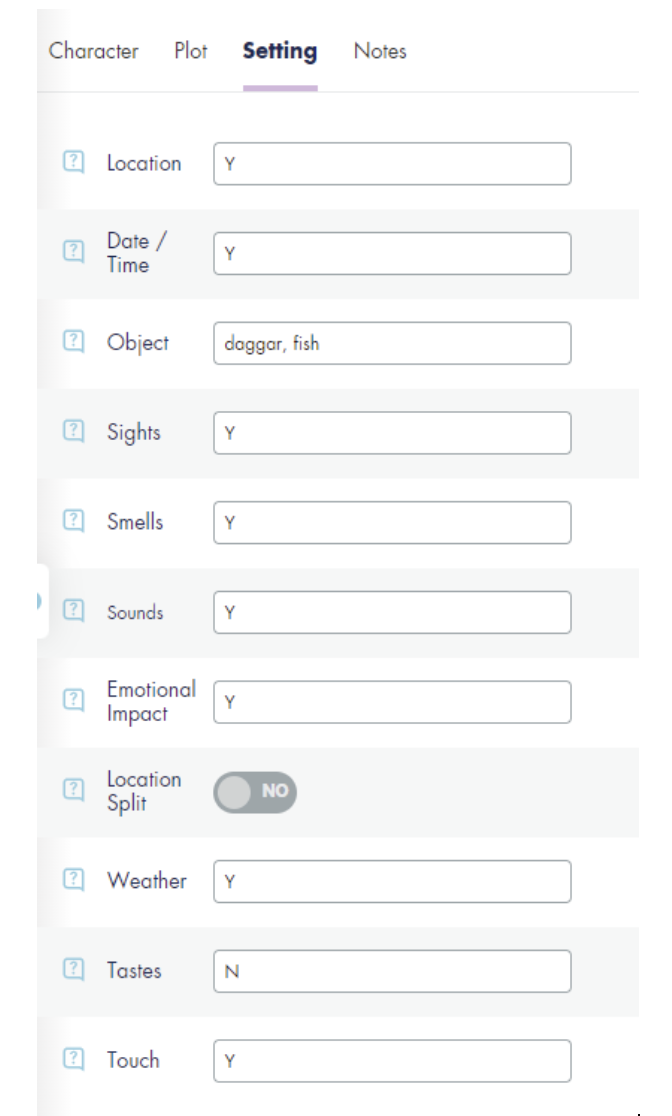
As if that wasn’t enough. There’s something unique about Fictionary…
Something that guarantees you give your clients the best edit on the marketplace.
Visualise this…
![]()
Fictionary Helps You See Your Clients’ Stories from an Objective Point of View
When I decided to become an editor, I looked at a lot of certification courses… and I mean a lot!
Want to know why I chose Fictionary over all the others?
All this talk of objectivity and giving the client the most comprehensive, objective edit in the author-sphere is all well and good, but what does that actually mean? What makes Fictionary so awesome? Why should you become a Fictionary Certified StoryCoach?
It comes down to one thing.
A cheeky little invention known as the Visualize Tab.
What is the Visualize Tab?
That’s a brilliant question.
Here’s the answer.
Every objective editor needs a way to see the story and to share that with the client.
The Visualize Tab allows you to view certain Story Elements (like Story Arc and Character Arc) at a glance, using visuals like insight to give you an objective overview of what’s working and what isn’t.
Let’s take a look at the Story Arc in the Visualize Tab so you can see how it works and why it’s so unique:
The Story Arc consists of five key scenes:
- The Inciting Incident: The Inciting Incident is the moment the protagonist’s world changes in a dramatic way, giving them a goal or motive they simply can’t ignore.
- Plot Point 1: Plot Point 1 is sometimes known as the Point of No Return, because the protagonist can’t back out of the central conflict. The protagonist’s desire to engage with the conflict overrules all else.
- The Middle Event: The Middle Event takes your readers on a journey where the protagonist moves from reactionary to proactive.
- Plot Point 2: Plot Point 2 (sometimes known as the All Is Lost Moment). As the name suggests, it should be the darkest moment in the plot. In other words, it’s the event the seems to stop the protagonist from achieving their goal.
- The Climax: The story should build up to The Climax with rising action, and the climactic scene (or scenes) should have: The highest level of conflict, the greatest tension, and the most devastating emotional upheaval.
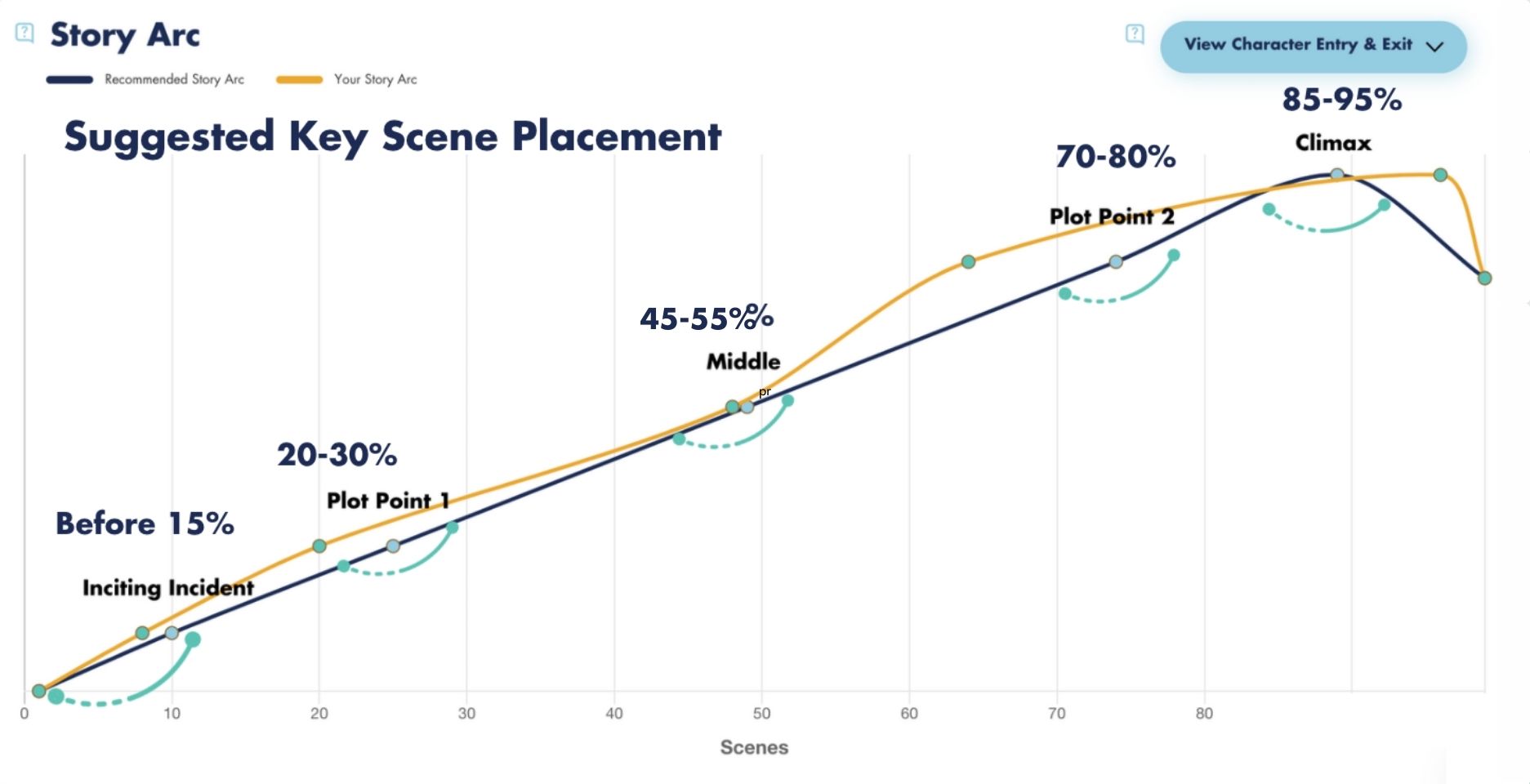
How to Interpret the Story Arc Insight
The story arc insight contains three important metrics:
- The Bottom Axis: shows the total number of scenes your client’s story has.
- The Blue Line: represents the recommended story arc (the light blue dots showing the ideal placement of the key scenes, based on the story’s length).
- The Yellow Line: is your client’s story arc (the light blue dots showing the scenes you will select as the key scenes, based on their content.
To create a story readers love, the key scenes must occur in a timely and sensible manner. The story arc will help you see the structure of your client’s manuscript at a glance, and decide on the best placement of the five key scenes.
This is what makes Fictionary so unique.
It takes the guesswork out of editing and helps you stay objective.
The insights don’t lie.
Not only can you see if key scenes fall in the wrong place, when you pass your edit back to your client (in their Fictionary StoryCoach Client Account) they can see it, too.
Want to become a Fictionary StoryCoach Editor?
We’d love to have you.
Find out more and sign up HERE!
If you join the new Fictionary Community, you’ll get a HUGE discount on the Fictionary Certified StoryCoach training.
About Shane Millar
 Shane Millar is a Fictionary Certified Story Coach and the author of the Write Better Fiction craft guides. He is also the author of the Myth & Magic and Chosen Vampire urban fantasy thriller series.
Shane Millar is a Fictionary Certified Story Coach and the author of the Write Better Fiction craft guides. He is also the author of the Myth & Magic and Chosen Vampire urban fantasy thriller series.
Shane holds a BA in journalism and is a member of The Alliance of Independent Authors (ALLi). He lives in Buckinghamshire, England.
He has taken too many writing courses to count and enjoys reading as much as possible. Shane is obsessed with five things: the writing craft, mythology, personal development, food, and martial arts movies.
Want to hire Shane to edit your book? Visit: https://swmillar.com/editing


